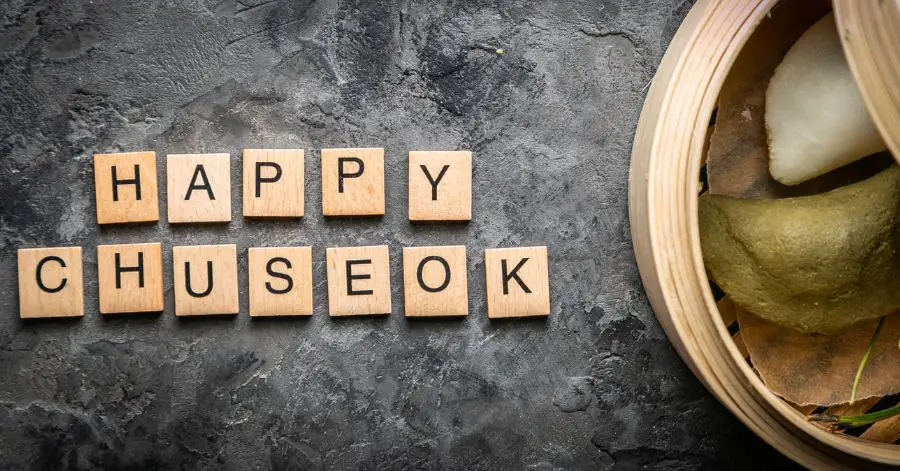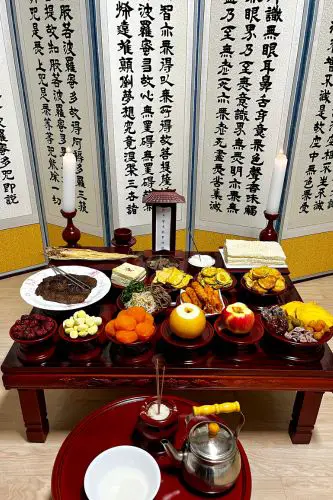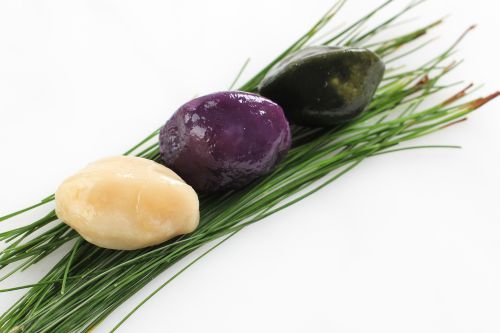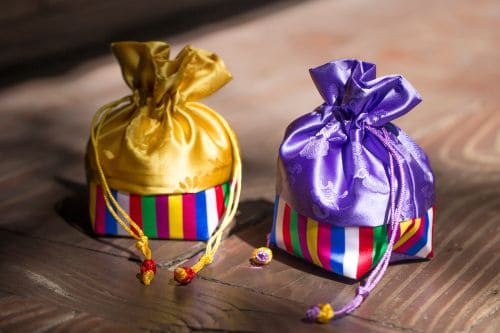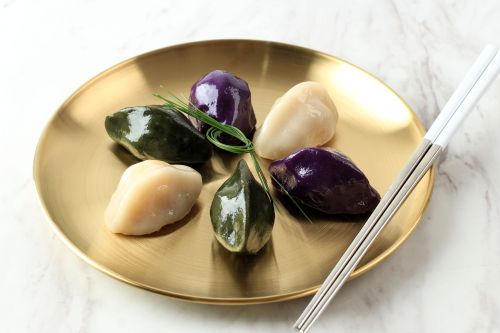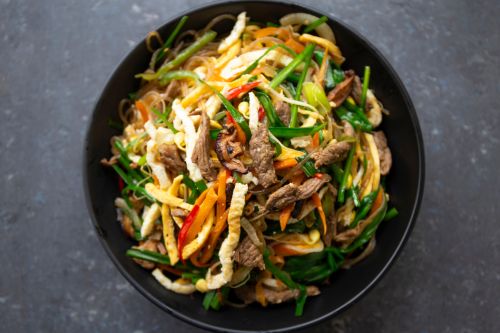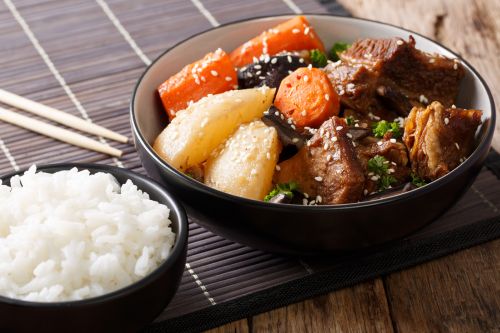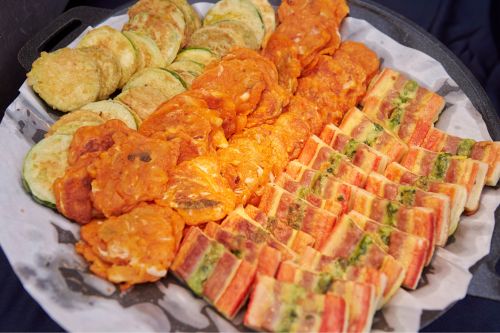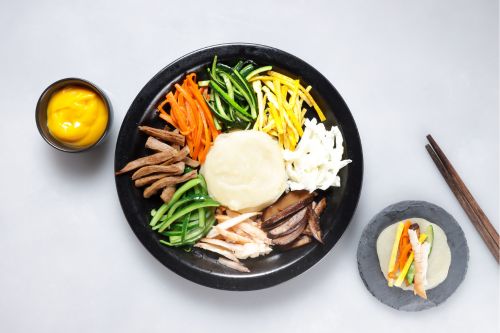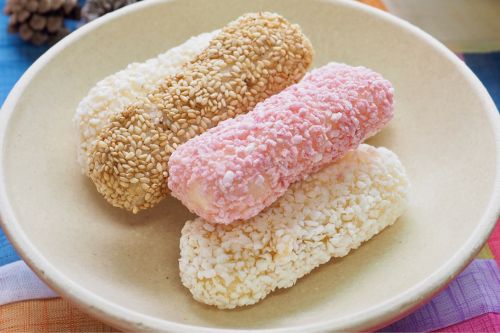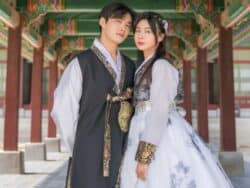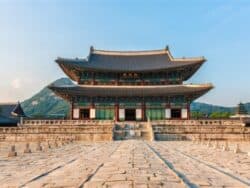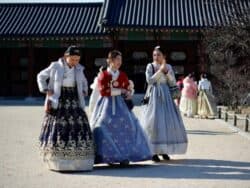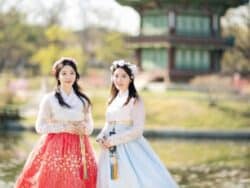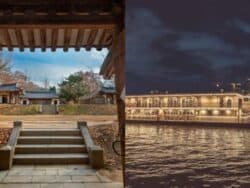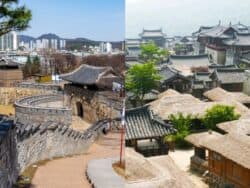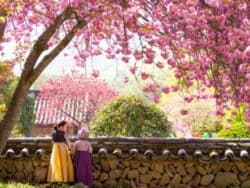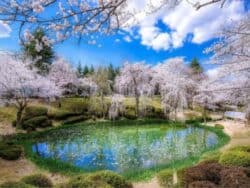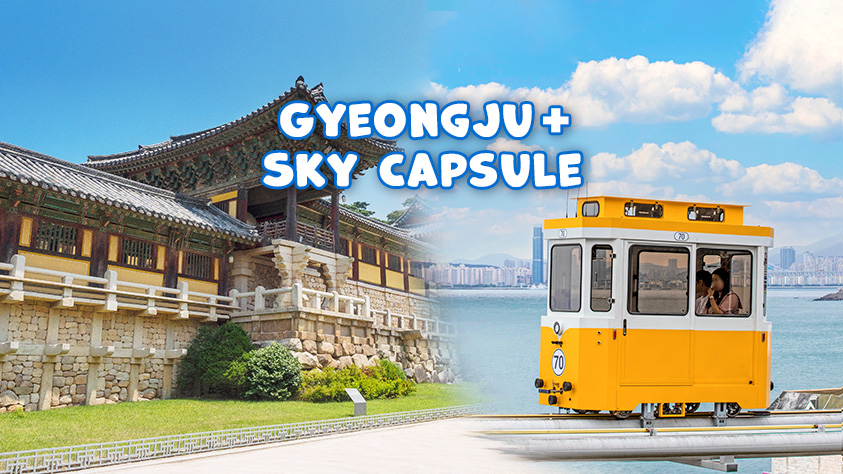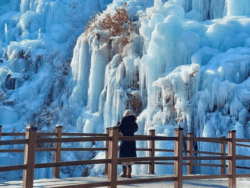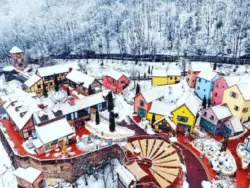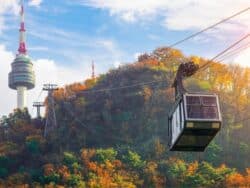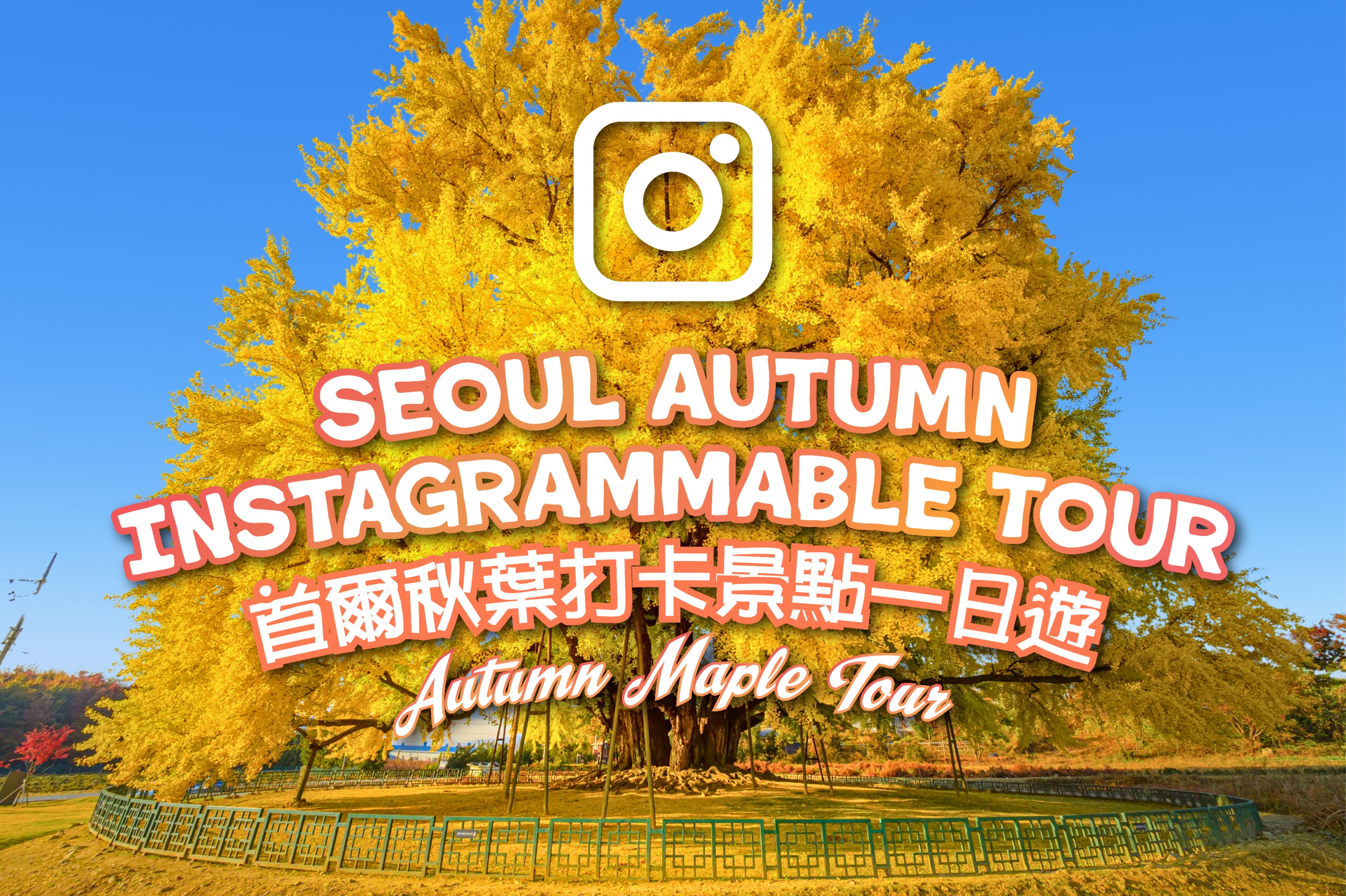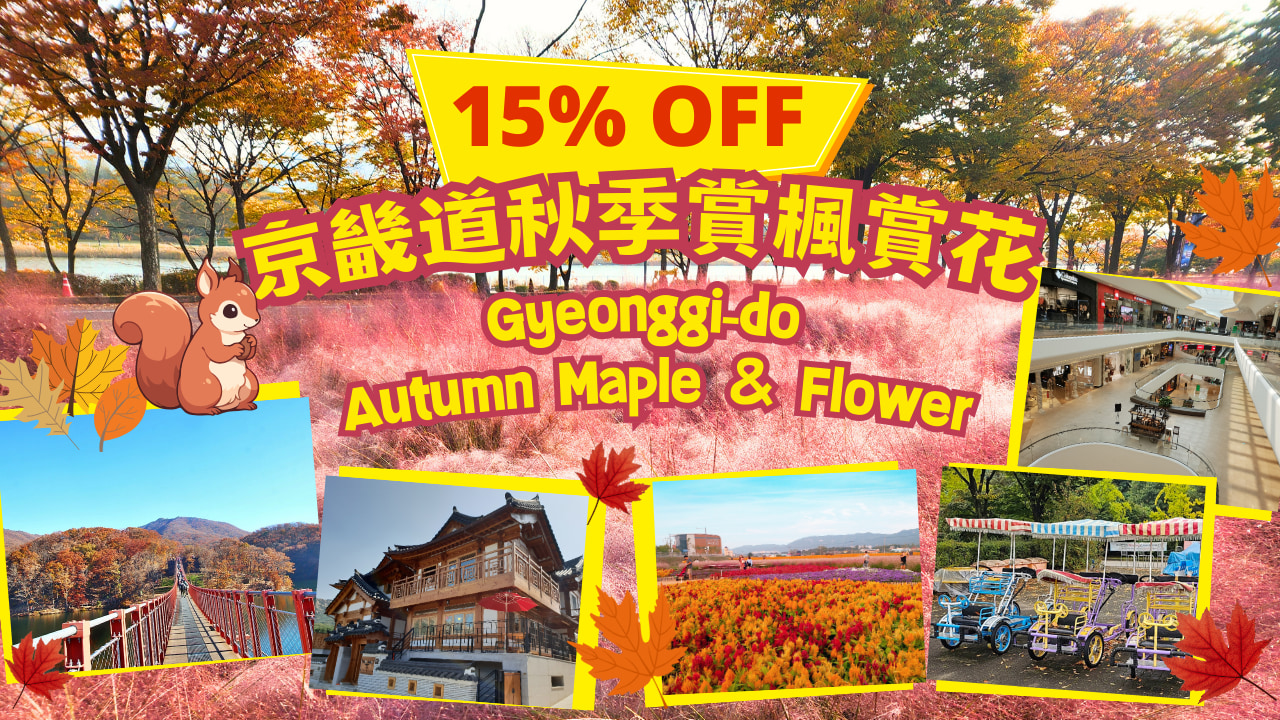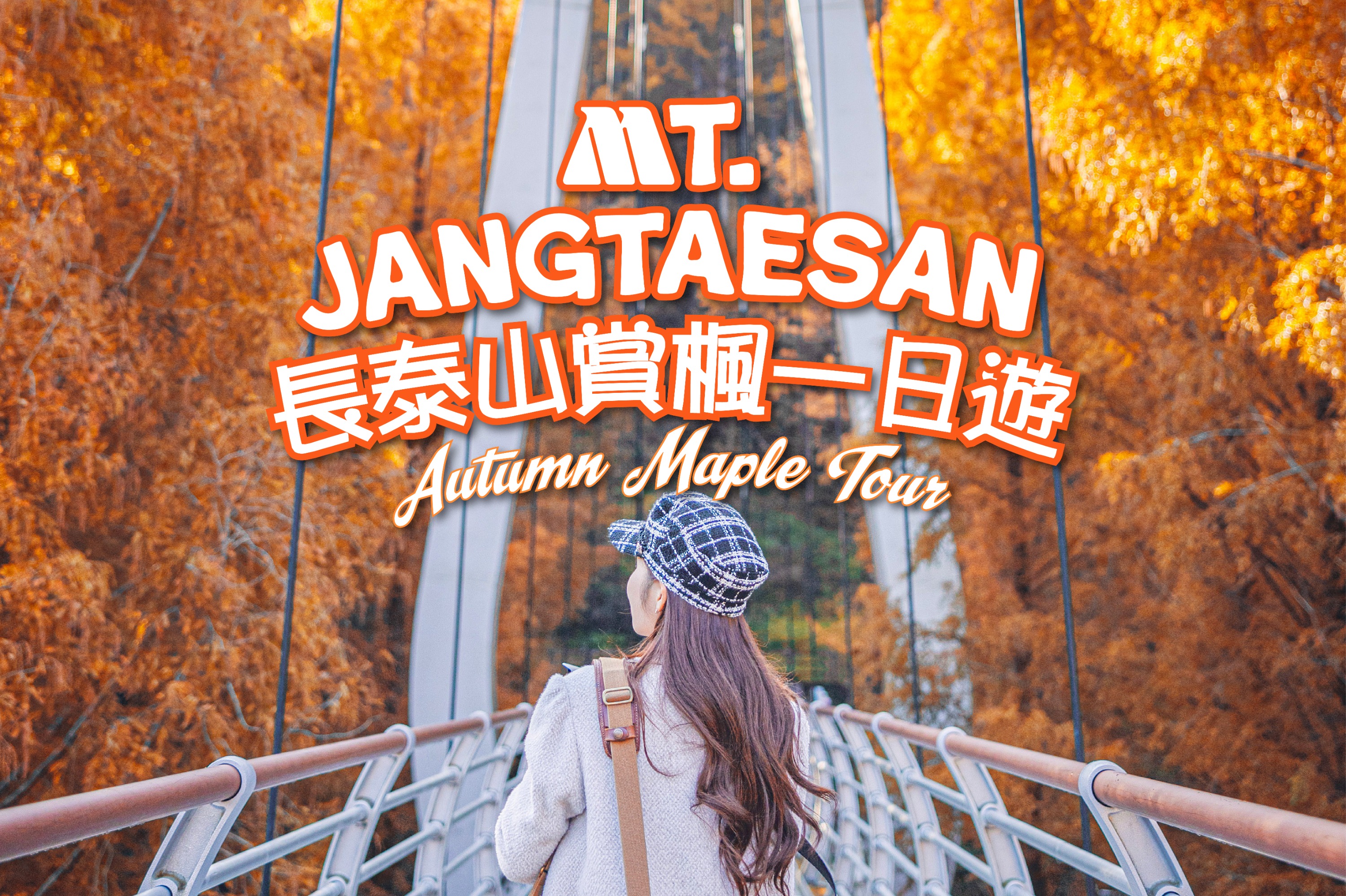As the full moon rises and the crisp breeze of autumn rustles the golden leaves, a distinct excitement begins to buzz through the air in South Korea. This is the time of year when people around the nation celebrate, appreciate the country’s varied customs, and express their thanks to one another and the world. We are celebrating Chuseok, one of the most important holidays on the Korean calendar and known as Korean Thanksgiving Day.
In this piece, we’ll walk you through the dazzling kaleidoscope that is this extraordinary festival. Let’s get to the bottom of this festival and figure out how to make the most of Chuseok, whether you’re a native or just visiting for the first time.
You may also love:
- 10 Places to Witness the Beauty of Fall in Korea
- Korea in Autumn: Embracing Foliage, Festivities, and Adventure
- Autumn Foliage Places to Visit in Korea – Updated 2023
- Discovering the Essence of Chuseok: Korea's Enchanting Harvest Festival
- A Brief History of Chuseok
- Chuseok: A Tradition of Sharing and Gratitude
- Main Dishes in Chuseok
- What are the best gifts in Chuseok?
- What are the popular Games During Chuseok?
- Best Things to Do During Chuseok in South Korea for Foreigners
- Best Places to Go During Chuseok
Discovering the Essence of Chuseok: Korea’s Enchanting Harvest Festival

Chuseok is one of South Korea’s most important and cherished traditional holidays. It is also known as Hangawi and is similar to the United States Thanksgiving. During this time, families gather together to experience warmth and gratitude. Chuseok occurs on the 15th day of the 8th Lunar month during autumn.
Chuseok offers an opportunity to express thanks and reflect on past experiences. The Korean people express their gratitude to their ancestors for the bountiful harvest they have received and pay their respects to the deceased. Traditions such as ancestor ceremonies, eating one-of-a-kind rice cakes such as Songpyeon, and playing traditional games are significant in the Chuseok celebrations. In essence, Chuseok is a holiday that epitomizes the spirit of togetherness and thankfulness, making it a heartwarming and considerable festival in Korea’s calendar.
Chuseok will be celebrated on Monday, October 5th, 2025; however, the public holiday will be spread out over 4 days, from October 5th to October 8th.
A Brief History of Chuseok

The origins of Chuseok may be traced back to Korea’s rural lifestyle, where it was initially celebrated as a harvest festival. The term “Hangawi” is composed of two parts: “Han” means huge, and “gawi” means the ides, which refers to the 15th day of the lunar month. Together, these two components make up the whole word. As a result, the day that the moon is at its fullest and brightest is referred to as Hangawi. This day also signifies the conclusion of the harvest season.
The event’s origin refers to the Three Kingdoms period (57 BC – 668 AD) in Korean history. During this time, it was traditional to host weaving competitions amongst the ladies of the country during the autumn harvest season. The Silla Kingdom, one of the three kingdoms, celebrated around this period with festivities that lasted for an entire month.
Furthermore, Charye is a form of ancestral worship incorporated into Chuseok over several centuries. As a way to express thanks to the spirits of ancestors who have passed away for providing protection and a bountiful crop, this ritual entails making sacrifices to their graves. The practices of going to ancestral graves and cleaning them have been maintained for generations and continue to be essential aspects of Chuseok.
In modern South Korea, Chuseok is a significant national holiday that people will celebrate within three days. One of the country’s major yearly migrations occurs during this time because people return to their ancestral hometowns to celebrate with family, eat traditional food, and play classic games.
Chuseok: A Tradition of Sharing and Gratitude
The holiday of Chuseok is steeped in a wealth of cultural customs handed down over the years. The following are some of the more well-known ones:
Charye (Ancestral Memorial Rites)
The Charye ceremony is an important ritual that starts on the morning of the Chuseok holiday. It is common practice for families to honor their ancestors by preparing a feast consisting of traditional delicacies and laying these foods out as offerings on a table. After that, they serve ceremonial bows as a sign of respect to their ancestors and an expression of thanks to those who came before them.
Beolcho and Seongmyo

The custom of going to ancestral gravesites and pulling weeds that may have grown there is a sign of respect and care for ancestors, known as beolcho. The term “seongmyo” refers to the practice of paying a visit to the burial grounds of one’s ancestors as a sign of respect and to update one’s forebears on the present state of the family.
Wearing Hanbok

The Hanbok is a traditional Korean outfit characterized by its bright colors and clean lines, as you may already know. During Chuseok, traditional Korean clothes known as hanbok are worn by many people, which lends an air of elegance to the occasion.
Songpyeon Making
Songpyeon is a rice cake that, depending on the filling, can have a sweet or salty flavor. Families frequently gather to prepare Songpyeon, which turns the preparation process into a pleasurable community activity. Those who can mold Songpyeon into an attractive shape will have a greater chance of finding a suitable partner and having children who are both healthy and beautiful. (It’s a belief!)
Ganggangsullae

This is a traditional kind of dance in Korea under the full moon’s light. Hands are held in a circle by a group of women clad in hanboks as they sing and dance together. UNESCO has acknowledged the dance as a worldwide intangible cultural heritage component. The Joseon dynasty is credited with the creation of the dance, which can be traced back to the Joseon dynasty, where its beginnings may be found.
Playing Folk Games

In addition, Chuseok is a time for playing games and having fun. During the celebrations, traditional Korean games such as “Yutnori,” which is a board game, “Ssireum,” which is Korean wrestling, and “Jegichagi,” which is a game similar to hacky sack, can be at the top of your priority list.
Gift Giving
During Chuseok, giving and receiving gifts is customary as a sign of friendliness and respect for one another. Gifts can come in various forms, including gourmet foods, everyday household products, and even high-end luxury goods.
Palgongsan Mountain Ritual

In addition, some Koreans follow the age-old custom of ascending Palgongsan Mountain to present an offering to the gods, pray for a bountiful crop, and ask for the health and happiness of their family.
As a result of these customs, Chuseok is a lively celebration of Korean ancestry; it also provides a fascinating look into the rich culture and history of the Korean people.
Main Dishes in Chuseok
Songpyeon
Without a doubt, the meal that epitomizes the Chuseok holiday is Songpyeon. These miniature rice cakes, shaped like half moons and filled with sweetened sesame seeds, mung beans, or chestnuts, are steamed over a bed of fragrant pine needles before being served. It increases the appeal of these sweets by coloring the dough with natural ingredients such as mugwort or sweet potato.
Japchae
The next item to be served is japchae, a joy to the taste buds and the eyes. It is made using dangmyeon, a noodle made from sweet potato starch. It is stir-fried with colorful veggies, such as bell peppers, spinach, mushrooms, and sometimes meat.
Bulgogi and Galbi-jjim
The Bulgogi and the Galbi-jjim are a must-try for anyone who enjoys beef. To create bulgogi, grill beef cut very thinly and marinated in a mixture of sweet and salty spices until it reaches the desired degree of doneness. Bulgogi is a traditional dish from the Korean peninsula. On the other hand, galbi-jjim is a filling dish with beef short ribs that are simmered in a rich marinade that often consists of soy sauce, sugar, and Korean pear until they are incredibly tender and fall apart when you bite into them.
Jeon
Another essential item for Chuseok is jeon, a Korean pancake. These savory pancakes come in a variety of forms. They can be created with various ingredients, including green onions, zucchini, mushrooms, or seafood coated in a light batter and pan-fried until golden brown and crisp.
Gujeolpan
Gujeolpan, a meal that is equally delicious to look at as it is to taste, is frequently included in the Chuseok buffet. It is a dish with eight pieces of finely sliced foods, such as colorful vegetables, meat, and mushrooms, and it is served with thin wheat pancakes in the center.
Hangwa
If you crave something sweet, you can satisfy it with a traditional Korean treat called hangwa. These sweets are not only aesthetically pleasing but also leave your mouth watering, and they are available in a wide variety of forms, flavors, and textures.
Baekseju and Soju

Last, traditional alcoholic beverages like Baekseju, a mellow rice wine, and Soju, a clear distilled liquor, appear on the table alongside this rich feast.
The cooking of these meals is a family tradition, and family members get together to do it as a group activity. As a result, the Chuseok feast is not just about the food but also about the family, the love, and the coming together of everyone.
What are the best gifts in Chuseok?
Giving presents to one another is a time-honored custom during the Chuseok holiday. It shows respect, well wishes, and thanks toward family and friends. There are a few common choices for presents, even though the best decision will always rely on the recipient’s tastes and the available funds. The widespread availability of high-quality food products such as premium beef sets, fruit baskets, and health products such as ginseng and honey is largely because these goods have broad appeal. Giving canned tuna or spam as part of a gift set is extremely common in South Korea, even though this may seem peculiar to Western societies.

People who want to give a present that will last a long time often provide things like household items or beauty and wellness products. More recently, people have been more interested in the usefulness of eco-friendly presents and gift cards. Despite this, the most crucial aspect to consider is the amount of time and thought spent choosing a present that the recipient will cherish the most.
What are the popular Games During Chuseok?

Chuseok is not only about feasting and paying respects to ancestors; it is also a time to indulge in traditional Korean sports that add a spice of fun and competition to the celebration. Chuseok is a festival that celebrates the harvest and the coming together of family and friends. One of the most well-liked games is Yutnori, which consists of tossing four wooden sticks and moving marks around on a board. The game typically results in laughs and applause.
Ganggangsullae is a traditional dance in which women are the main performers when the moon is at its complete phase. They join hands and create a circle, singing and swaying in unison while wearing colorful Hanboks.

There is also a game called Geune Ttwigi, a thrilling seesaw game played in Korea. Players take turns jumping to launch one another into the air. Finally, you might encounter people participating in Tuho. It is a game of accuracy in which players attempt to shoot arrows into a vase or pot from a certain distance.
Best Things to Do During Chuseok in South Korea for Foreigners
Chuseok is a time of profound cultural immersion, and it provides those from other countries with a once-in-a-lifetime opportunity to delve deeply into the traditions of Korea. Your adventure should begin with taking in the splendor of some of Seoul’s five palaces, such as Gyeongbokgung and Changdeokgung. These palaces opened their doors to the general public, freeing admission during this time. Continue traveling to a folk village, like the Korean Folk Village in Yongin or Namsangol Hanok Village in Seoul. Here, you can observe traditional performances, participate in folk games, and glimpse Korea’s past.
You can even participate in a feast with a Chuseok theme at one of the local restaurants, inns, or cultural institutions if you want to get even more into the spirit of the celebration. During the Chuseok holiday, fans of traditional Korean wrestling can see a match of Ssireum, a type of conventional Korean wrestling that takes center stage rather frequently.
Participating in a temple stay program at one of Korea’s many temples is an excellent option if you want peace amidst the hustle and bustle of the holiday season. These shows frequently incorporate specific Chuseok timetables, which provide an exciting look into Buddhist culture.
Last but not least, given that Chuseok is a harvest festival that takes place around the full moon, you should conclude your day by hiking up a mountain so that you may take in the breathtaking view of the moon when it is in its entire splendor.
Best Places to Go During Chuseok
Start your journey celebrating Chuseok in Seoul, the capital of South Korea, where you’ll find a unique combination of modernity and tradition waiting for you. Grand palaces such as Gyeongbokgung and Changdeokgung may be found in the middle of the city’s skyscrapers. During the Chuseok holiday, visit free access. You can better appreciate Korean culture by visiting Namsangol or Bukchon Hanok Village in the middle of the bustling metropolis. Here, you will be able to stroll amid traditional Korean dwellings.
Carrying the rhythm of Seoul with you, head next to the Korean Folk Village in Yongin.
Proceed to the Korean Folk Village in Yongin while feeling the beat of Seoul pulsing through your veins. Chuseok is the time of year when the Korean Folk Village truly comes to life as a living museum for visitors to enjoy. During this period, folk activities, performances, and the alluring aroma of prepared traditional meals may be found throughout the hamlet.
After leaving Yongin, take the road that leads to Andong. There, you will find the Hahoe Folk Village on the UNESCO World Heritage Sites list. You’ll feel like you’ve stepped back when visiting these Joseon Dynasty relics. In addition, the annual Andong Mask Dance Festival will be held in the first week of October this year. This festival takes place in the village right after Chuseok.
Your next stop should be in Jeonju, a prosperous city in history and culture. It is a must-see destination because its historic Korean Hanok village has been meticulously preserved. A trip to Jeonju would only be complete with experiencing the city’s signature dish, bibimbap, a gastronomic adventure.
As your journey through Chuseok continues, you will find yourself in the exciting city of Busan.
This province is where the salty air of the sea mingles with the buzzing energy of the Jagalchi Fish Market. The Busan International Film Festival begins right after Chuseok and is an event enthusiasts must miss.
After that, you should go back in time to the old capital of the Silla kingdom, which was Gyeongju. During the holiday of Chuseok, when the moon is complete, the Anapji Pond in the city creates a mesmerizing and unforgettable picture.
After that, travel to Chuncheon in the north to reach Nami Island, known for its picturesque lanes surrounded by trees. The island is lovely throughout the autumn, offering a peaceful conclusion to your journey during Chuseok.
Chuseok is busy, so check these locations’ dates and opening hours. You can read more in our detailed article: How to Travel during Holidays in Korea – IVisitKorea.
Final thought
This brings to a close our exploration of the colorful fabric that is Chuseok, the much-loved Thanksgiving holiday in Korea. Chuseok is not just a holiday but a wholesome experience reflecting unity, respect, and thankfulness. From its rich customs to its fascinating folk games and delectable feasts to the different lovely destinations, Chuseok is more than just a holiday; it is a joyous occasion.
Suppose you’re planning on celebrating Chuseok for the first time this year. In that case, you’ll find this blog article to be an invaluable resource. We hope that it has enlightened you about the wonders of Chuseok and motivated you to participate in this beautiful celebration. So, here’s wishing you all the best for a wonderful Chuseok. May it be complete with happiness, prosperity, and warmth. Happy Chuseok!
IVK’s Top Picks – Day Tours, Tickets, and Travel Activities
Seasonal Picks!😍


